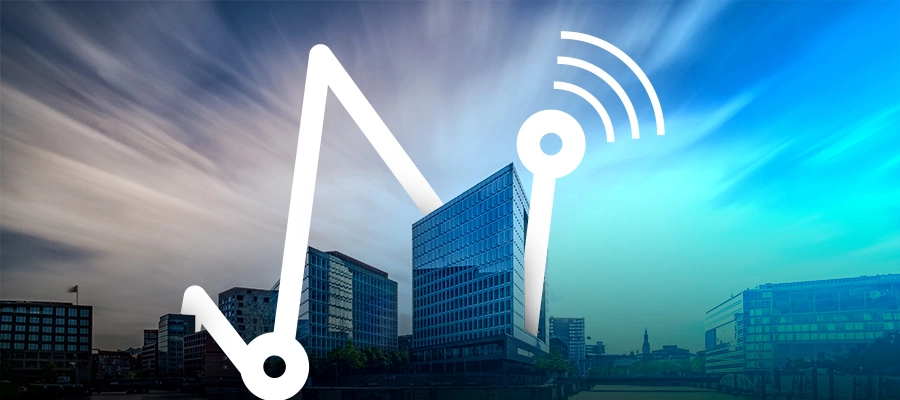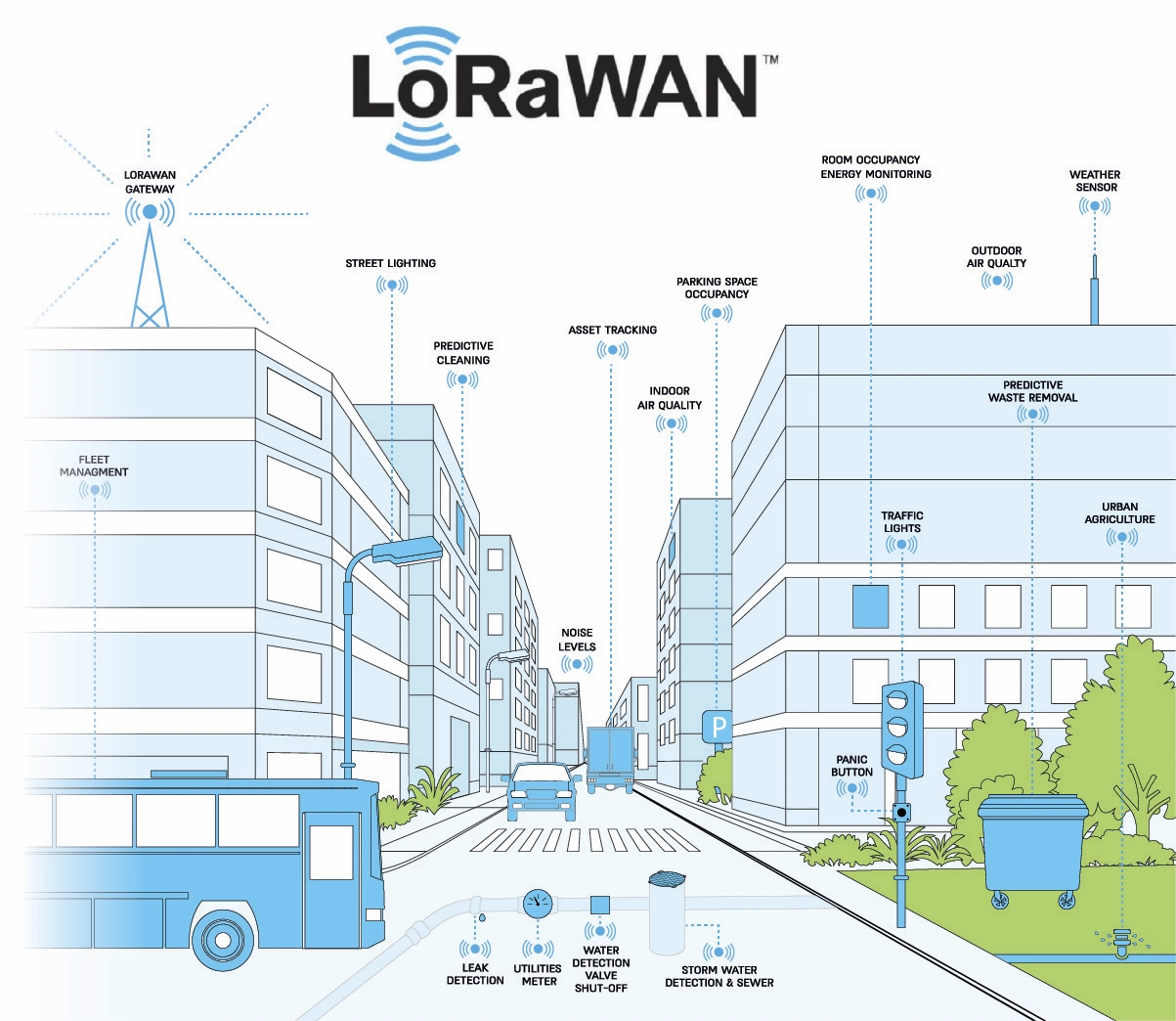
How the LoRaWAN infrastructure, which starts with water metering, is expected to become a driving force for municipal innovation in Israel and to facilitate efficient infrastructure management and improved services for residents
In 2021, the city of Hamburg, Germany launched one of the largest municipal LoRaWAN networks in Europe. The municipal energy corporation deployed 100 hubs across the city to support the reading of meters it had installed. The municipality concurrently connected tens of thousands of smart sensors serving various infrastructure applications – from monitoring noise and air pollution to smart parking, energy consumption management, and public building maintenance. The use of the LoRaWAN network’s technological infrastructure enabled the city to significantly reduce operational costs and improve service quality for residents, making it a magnet for many cities seeking a practical smart city model.
The Hamburg model illustrates how a single LoRaWAN infrastructure, built around a broad and well-defined need such as smart water metering, can become an enabler for an entire municipal ecosystem. Such a network, installed once, yet serving countless applications, offers significant value to municipalities operating under budgetary constraints while striving to streamline services, reduce risks and provide real-time access to information.
Just three years after the LoRaWAN technology was approved for operation in Israel by the Ministry of Communications, the Arad company, a global leader in smart water metering, has already deployed LoRaWAN networks in dozens of cities across Israel, including Tel Aviv, Haifa, Modiin, Ashdod, Nesher and more. Some 700,000 water meters are already connected via the LoRa infrastructure, with a nationwide deployment of approximately 3 million water meters and additional sensors expected in the near future, based on an advanced national LoRa infrastructure. This infrastructure presents municipalities with an opportunity to scale up a wide range of smart applications for efficient management of municipal infrastructure through large-scale (Massive IoT) deployments.
Scale – A Key Word in the IoT World
When it comes to municipal IoT projects, “scale” is not only a matter of quantity – it is a prerequisite for success. Once a municipality transitions from isolated pilot projects to the deployment of thousands of sensors, core issues of signal quality, data optimization, frequency management and long-term equipment maintenance emerge. These challenges cannot be resolved on the fly – they require advanced planning, proven experience and a stable and uniform infrastructure.
Large-scale deployments reveal the real gaps between systems that work in “laboratory conditions” and those that function well in a complex municipal reality of multistory buildings, underground parking lots, bandwidth limits, and even complicated geographical layouts. This is precisely where LoRaWAN’s advantage stands out: a network designed from the outset to support large-scale deployments, with minimal energy consumption and reliable communication, even from challenging locations.
The LoRaWAN’s Technological Advantages
From the First Application to a Real Smart City
Cities that have deployed a LoRaWAN network for smart water metering have a significant advantage. The municipality can leverage the existing network to support dozens of additional applications at a low marginal cost. Imagine real-time monitoring of garbage-bin levels, air quality in basement classrooms, morning traffic congestion, soil moisture in public gardens, and of course, available parking spaces. All of these can run on the same existing LoRaWAN network, without needing to finance new additional infrastructures. The information collected becomes a day-to-day operational tool – whether for preventive maintenance, immediate responses, or insights for informed decision-making.
The results of the Local Government Economic Company (Mashcal) tender for LoRaWAN communication infrastructure and IoT applications are expected to be published shortly. The tender allows various municipal entities to issue rapid tenders for a variety of LoRa-based IoT applications.
In today’s world, investing in technologies is essential. The municipality’s ability to utilize existing infrastructure, connect to proven technologies and focus on scale – is the new economics of the smart city.
The Leading LoRa Technology Solutions in Israel
(In Ireparation for the Publication of the Mashcal Tender)
|
Command and control system for remote opening of shelters |
Energy-efficiency sensors for air conditioning and lighting in public and educational institutions |
Panic buttons at kindergartens and other sensitive locations |
|
Environmental monitoring, including noise, air pollution, temperature, and radiation |
Fire and smoke detection warning systems |
Monitoring soil moisture and other parameters to optimize public gardening |
|
Smart parking solutions to identify available parking spaces and activate barriers |
Counting pedestrians, cyclists, and vehicles for efficient city traffic management |
Passive equipment location tracking and vehicle control in the municipal setting |
The Opportunity is Already Here
Once the infrastructure is in place, connecting to it is straightforward, fast and inexpensive. It enables efficient use of the city’s resources and reduces the risks associated with any IoT project. In Israel, as in Hamburg, a move that began with water metering is creating extensive municipal opportunities. A city that recognizes the potential at this stage can, within just a few months, drive change both in infrastructure efficiency and in the services provided to residents. The infrastructure already exists – now is the time to put it to work.
